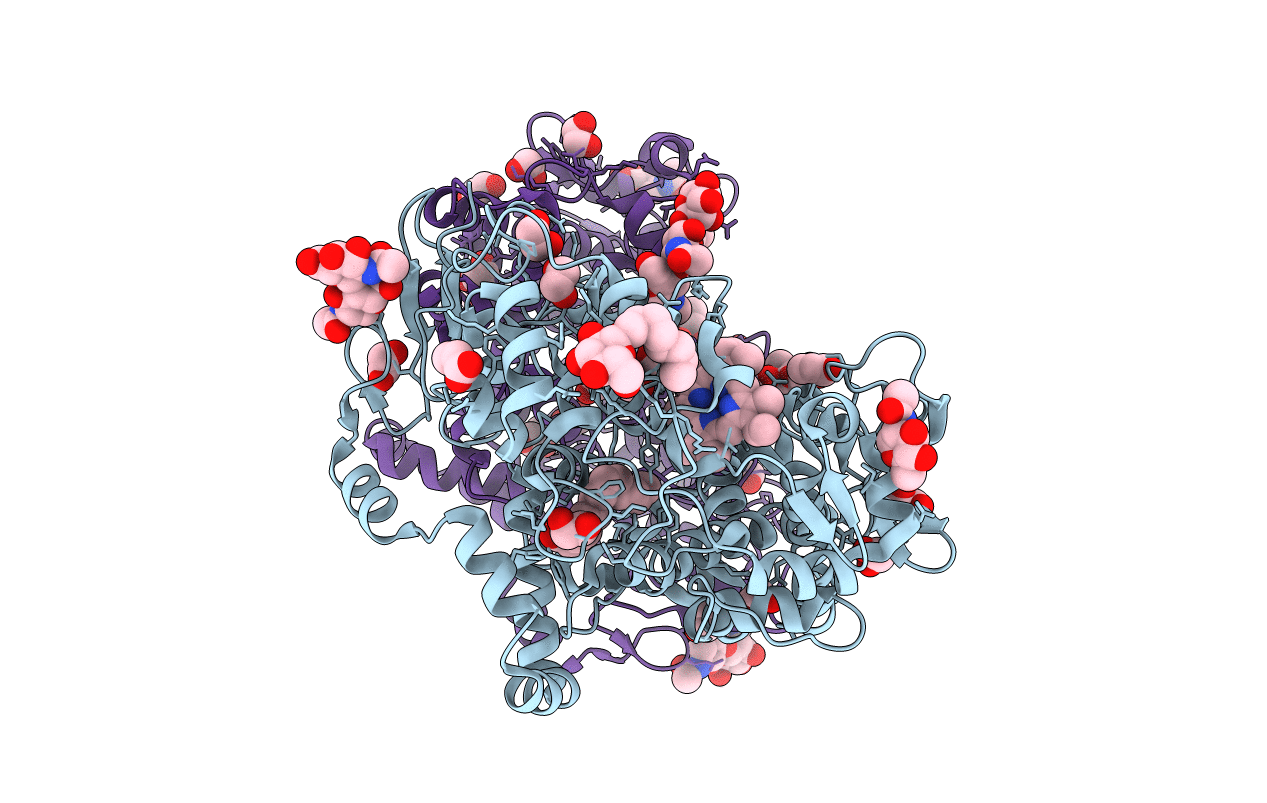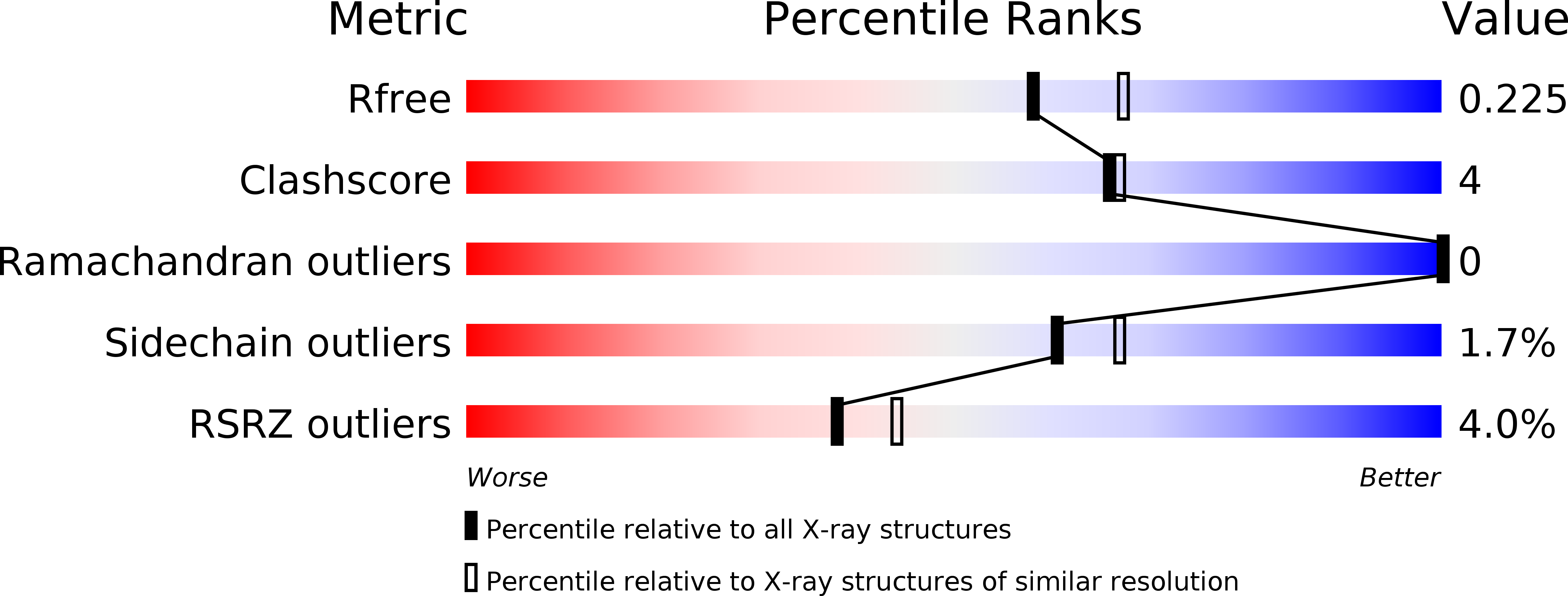
Deposition Date
2011-01-25
Release Date
2011-04-13
Last Version Date
2024-11-27
Entry Detail
PDB ID:
3QH0
Keywords:
Title:
X-ray crystal structure of palmitic acid bound to the cyclooxygenase channel of cyclooxygenase-2
Biological Source:
Source Organism:
Mus musculus (Taxon ID: 10090)
Host Organism:
Method Details:
Experimental Method:
Resolution:
2.10 Å
R-Value Free:
0.19
R-Value Work:
0.15
R-Value Observed:
0.16
Space Group:
I 2 2 2


